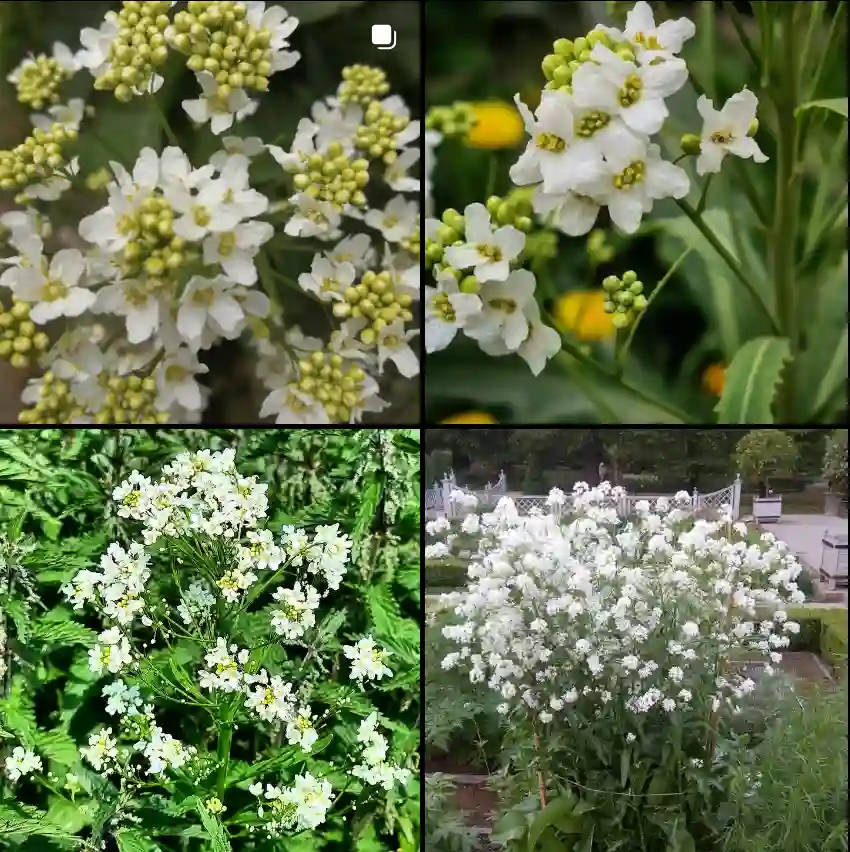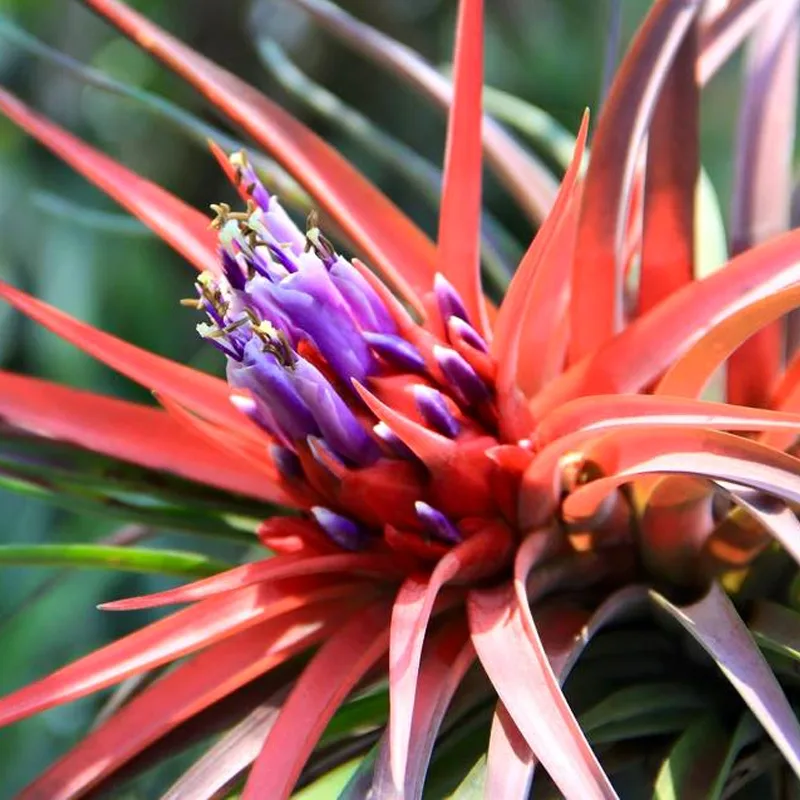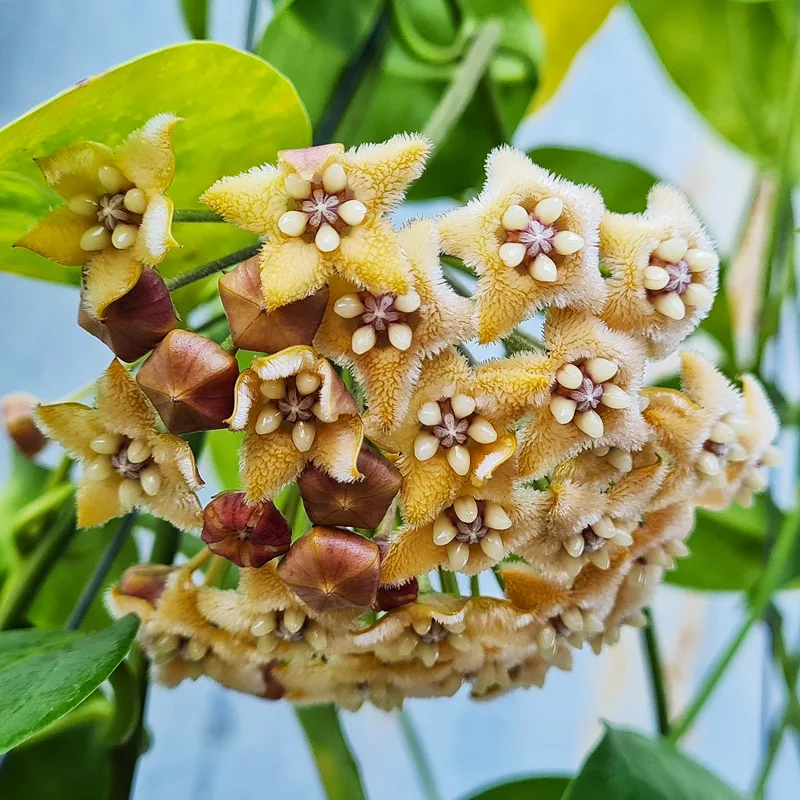Frequently Asked Questions about Brunnera Alexander’s Great
Brunnera Alexander’s Great is one of my favorite perennials. With its bold, heart-shaped leaves and vibrant blue flowers, it adds an elegant touch to any garden. Over time, I’ve learned a lot about this plant and how to care for it, so I wanted to share answers to some frequently asked questions based on my own experience.
3 Species in Genus Brunnera
What is Brunnera Alexander’s Great?
Brunnera Alexander’s Great is a stunning shade-loving perennial known for its large silver-green leaves and small, sky-blue flowers. It’s a variety of Brunnera macrophylla, also called Siberian bugloss. The foliage resembles hostas, but with its own unique texture and coloring. When in bloom, it looks similar to forget-me-nots due to its delicate blue flowers. It’s a beautiful addition to shady gardens or woodland settings.
How to Care for Brunnera Alexander’s Great?
Caring for Brunnera Alexander’s Great is relatively simple if you provide it with the right environment. Here are the key care tips:
- Light: It thrives in partial to full shade. Avoid direct sunlight as it can cause the leaves to burn or wilt.
- Soil: Moist, well-drained soil is ideal. I find that enriching the soil with organic matter helps maintain the moisture it needs without becoming waterlogged.
- Watering: Consistent moisture is crucial, but be careful not to overwater. I typically water mine when the top inch of soil feels dry. In hot climates, a layer of mulch can help retain moisture.
- Temperature: It’s hardy in USDA zones 3 to 8. It can handle cold winters, but during particularly harsh conditions, I’ve found that adding some mulch over the roots offers extra protection.
- Fertilizer: It doesn’t require heavy feeding. I usually apply a balanced, slow-release fertilizer in early spring to encourage healthy growth.
How to Propagate Brunnera Alexander’s Great?
Propagating Brunnera Alexander’s Great is usually done through division. Here’s how I do it:
- Time it right: Early spring or fall is the best time for division. I prefer spring, just before the plant starts its growing season.
- Dig up the plant: Carefully dig around the root ball, making sure not to damage the roots.
- Divide the root ball: Use a sharp spade or knife to divide the root ball into smaller sections, each with healthy roots attached.
- Replant: Replant the divisions in a shaded spot with well-draining soil. Water thoroughly and keep the soil moist for a few weeks until the plants establish themselves.
What to Plant with Brunnera Alexander’s Great?
When choosing companion plants, I look for others that thrive in similar shady and moist conditions. Some great options include:
- Hostas: Their bold foliage pairs beautifully with Brunnera’s delicate flowers and silver leaves.
- Ferns: I like to plant ferns nearby to add a soft, textured contrast.
- Astilbe: The plume-like flowers of astilbe complement the blue flowers of Brunnera, creating a nice contrast.
- Heuchera: With its wide variety of foliage colors, Heuchera adds vibrant diversity to the garden without clashing with Brunnera’s soft tones.
Is Brunnera Alexander’s Great Toxic?
Brunnera Alexander’s Great is generally considered non-toxic to humans and pets. I’ve never had any issues with my pets or children being around it, making it a safe choice for family gardens. However, it’s always good to be cautious with young children or pets who may be tempted to chew on plants.
Common Problems with Brunnera Alexander’s Great
Despite its hardiness, Brunnera Alexander’s Great can face some common issues:
- Leaf Scorch: If exposed to too much sun, the leaves can become scorched. In my experience, placing it in a shaded area and ensuring adequate moisture prevents this.
- Powdery Mildew: This fungal disease can affect the leaves in humid conditions. To avoid it, I make sure to plant Brunnera in an area with good air circulation and avoid overhead watering.
- Slugs and Snails: These pests love the large leaves of Brunnera. I use slug traps or organic slug repellents to keep them at bay.
Benefits of Brunnera Alexander’s Great
One of the biggest benefits of Brunnera Alexander’s Great is its ability to brighten up shady areas of the garden. Its large, silver-marked leaves reflect light beautifully, making it a standout plant even when it’s not in bloom. Additionally, it’s low-maintenance and deer-resistant, which is always a bonus in my garden.
How Does Brunnera Alexander’s Great Compare to Other Varieties?
Brunnera Alexander’s Great is often compared to its smaller cousin, Brunnera Jack Frost. While both have similar silver-marked foliage, Alexander’s Great grows much larger, with leaves reaching up to 12 inches across. If you’re looking to make a bold statement in a shaded area, Alexander’s Great is the better choice, in my opinion.
Another common comparison is with Hostas, since both plants have large, textured leaves and prefer similar growing conditions. However, Brunnera’s delicate blue flowers and silver-marked leaves give it an extra dimension of interest. While Hostas are known for their toughness, I find Brunnera adds a more refined elegance to the garden.
What are the Benefits of Growing Brunnera Alexander’s Great?
Brunnera Alexander’s Great is not just beautiful—it’s incredibly functional. Its large leaves help suppress weeds, while its preference for shade makes it ideal for filling difficult, low-light areas of the garden. Plus, its long-lasting foliage provides interest from early spring until the first frost.
In conclusion, Brunnera Alexander’s Great is a fantastic choice for gardeners who want to bring light and life to shaded areas. Its large, heart-shaped leaves and delicate blue flowers are a joy to watch through the seasons. I hope these answers help you as much as they’ve helped me in growing and caring for this beautiful plant.
If i die, water my plants!



